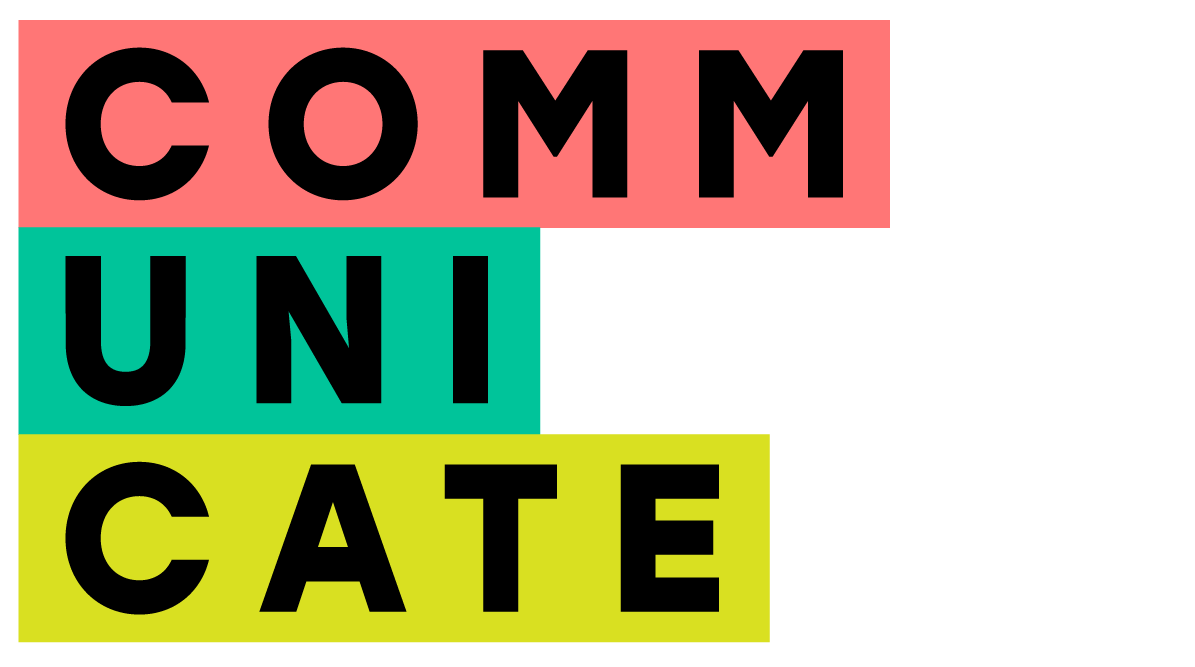Inclusive Leadership: How to Set the Tone from the Top
To build innovative, high-performing teams and foster a sense of belonging, diversity, equity, and inclusion (DEI) must be embedded into the fabric of your organisation. Inclusive leadership starts at the top and sets the tone for an organisation's culture, values, and vision. It is about modelling behaviours, making intentional decisions, and creating a culture where every employee feels valued and empowered to contribute their best.
Here are actionable strategies to help you lead inclusively and embed DEI into your company’s DNA.
1. Establish a Vision for Inclusion
As a leader, your role is to define what inclusion means for your organisation and align it with your company’s core values and mission. A compelling vision for DEI provides direction and clarity for your workforce, guiding how your organisation operates internally and engages externally.
Set measurable goals: Articulate specific DEI objectives, such as increasing diversity in leadership roles or enhancing employee belonging scores in engagement surveys.
Embed DEI into strategy: Make DEI a central part of your business priorities, tying it to key performance metrics and outcomes.
When you communicate a clear vision, you empower your team to see DEI not as a separate initiative but as a critical component of your organisation’s success.
2. Lead by Example
The most effective way to inspire inclusive behaviours across your organisation is to model them yourself. Employees take their cues from leadership, so your actions and attitudes will set the standard.
Show vulnerability: Share your personal DEI journey, including the areas where you’ve learned and grown. This openness encourages others to reflect on their own biases and growth opportunities.
Be visible in DEI efforts: Participate in employee resource group (ERG) events, attend DEI training sessions, and advocate for inclusion in external forums.
Commit to transparency: Regularly share updates on DEI progress—both successes and challenges—to build trust and accountability.
3. Build a Diverse Leadership Team
Inclusive leadership begins with ensuring diverse representation at the top. A leadership team with varied perspectives, backgrounds, and experiences is better equipped to make equitable decisions and address the needs of a diverse workforce.
Audit your leadership pipeline: Assess whether diverse talent is being identified, mentored, and promoted into leadership roles.
Eliminate bias in hiring: Implement structured interviews, diverse hiring panels, and inclusive job descriptions to reduce unconscious bias.
Sponsor underrepresented talent: Actively champion employees from marginalised groups, ensuring they have access to growth opportunities.
By prioritising diversity in leadership, you create a trickle-down effect that inspires inclusivity throughout your organisation.
4. Foster a Culture of Belonging
Inclusion goes beyond representation; it’s about creating an environment where all employees feel a sense of belonging. As a leader, you have the power to shape this culture through intentional policies and practices.
Encourage open dialogue: Create spaces for honest conversations about inclusion, discrimination, and bias. Listening to employees’ experiences fosters trust and empathy.
Celebrate diversity: Acknowledge and honor the cultural backgrounds, identities, and contributions of your workforce through inclusive celebrations, communications, and initiatives.
Prioritize psychological safety: Ensure employees feel safe to express their ideas and concerns without fear of judgment or retaliation.
When employees feel seen, heard, and valued, they’re more likely to bring their full selves to work and contribute meaningfully.
5. Invest in DEI Training and Resources
DEI is not a one-and-done effort; it requires continuous learning and action. Providing resources and training ensures that all employees—including leaders—develop the skills and awareness needed to drive inclusion.
Offer regular training: Provide workshops on unconscious bias, inclusive leadership, and cultural competence.
Allocate resources: Budget for DEI programs, tools, and personnel, such as a Chief Diversity Officer or dedicated DEI consultants.
Measure progress: Use data to assess the effectiveness of your DEI initiatives, from employee engagement surveys to diversity representation metrics.
A commitment to ongoing learning demonstrates that your organisation is serious about making sustainable change.
6. Hold Yourself Accountable
Accountability is the cornerstone of effective leadership. Inclusive leaders recognise that advancing DEI requires not only setting goals but also taking responsibility for results.
Set benchmarks: Track progress toward DEI goals and hold leadership teams accountable for achieving them.
Create feedback loops: Solicit input from employees, ERGs, and external advisors to understand where your organisation is excelling and where it needs to improve.
Acknowledge setbacks: Be transparent about challenges and outline the steps you’re taking to address them.
Accountability builds credibility, showing your workforce that inclusion is more than a talking point—it’s a leadership priority.
7. Partner for Broader Impact
Finally, inclusive leadership extends beyond the walls of your organisation. Collaborate with external partners, such as nonprofits, community organisations, and industry groups, to advance DEI on a broader scale.
Join industry coalitions: Participate in initiatives that promote diversity and equity across your sector.
Engage with communities: Support initiatives that uplift underrepresented groups, whether through philanthropy, volunteerism, or partnerships.
Advocate publicly: Use your platform to champion DEI, influencing peers and stakeholders to prioritise inclusion.
Leadership is about more than driving business outcomes; it’s about leaving a legacy of positive change.
Inclusive Leadership is Transformational
As an inclusive leader you have the unique opportunity to shape the future of your organisation—and the broader business world—through inclusive leadership. By modelling inclusive behaviours, building diverse teams, and embedding DEI into your company culture, you create an environment where innovation thrives and people feel empowered.
At Communicate Inclusively, we specialise in equipping leaders like you with the tools, strategies, and support needed to build truly inclusive organisations. From tailored workshops to strategic advisory services, we’re here to help you lead with purpose and make inclusivity a cornerstone of your leadership.
Ready to take action? Contact us today to learn more about our training programs and how we can help you advance your inclusive leadership journey.
